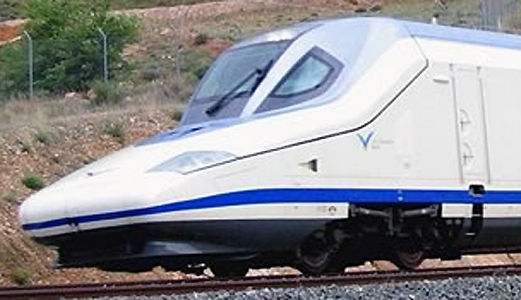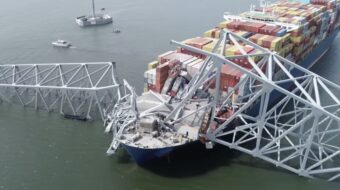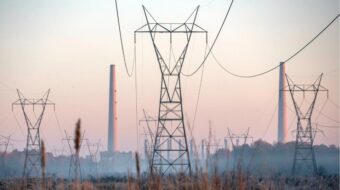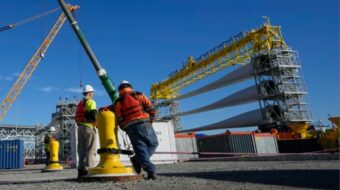
CHICAGO, Ill. – In an effort to boost local and statewide economic development Gov. Pat Quinn and U.S. Senate Majority Leader Dick Durbin, D-Ill., said they are committed to improving passenger and freight rail operations in Illinois. Their initiatives include high-speed rail and making Illinois an inland port and transportation hub for the Midwest.
Both Quinn and Durbin led talks at “Beyond Transportation: The Economic Impact of Rail in Illinois,” a summit last week where they pledged to develop high-speed rail and improving current rail infrastructure as priorities. Both said they would continue advocating for much-needed economic development and creating green jobs across the state through plans for high-speed rail.
The event brought together experts from across the country to discuss a rail policy and economic development. Several panel discussions were held on local development, sustainability, manufacturing and connectivity in the global economy.
“One of the most important contributions the freight and passenger rail industries provide to Illinois is good-paying jobs that support families and help pay for college,” said Durbin. “For that reason and many others, we need to invest in rail as we strengthen our nation’s economy.”
Durbin said the ideas shared at the summit would help keep Illinois at the forefront of the railroad renaissance the state’s currently undergoing.
Rick Harnish is the executive director of the Midwest High Speed Rail Association, which represents Illinois, Missouri and seven other states. Speaking to the World by phone, Harnish said he welcomes Quinn and Durbin’s initiatives. Quinn is the first Midwest governor to support trains that would travel at speeds of 220 miles an hour, he notes.
“Most travel by people is done by cars these days but it’s expensive and slow,” said Harnish. “If we build faster trains people will have the advantages of lower costs and quicker travel times.”
Harnish adds it’s important that Quinn and Durbin are taking a strong leadership role on this issue.
“It’s critical to our economic future,” he said. “The big picture is that we’re very spread out and trains have the ability to bring people together.”
Using trains rather than cars or airplanes is less expensive, better for the environment and limits travel times, said Harnish. Plus it’s more productive and innovative, he notes. At the same time, trains connect people to the international community coming and going from Chicago’s O’Hare International Airport, he adds.
“Trains are about 10 times more efficient than using automobiles and are a lot better for the atmosphere,” he said. “It really makes a huge difference when people use trains.”
High-speed trains would build stronger local communities and allows people to walk more, said Harnish. But we have to start planning now, he says.
“It’s critical to continue urging lawmakers to support investing in high-speed rail.”
Supporters of the track and train upgrades say building faster and more efficient trains is beyond transportation, it’s about building communities, they note.
Under the Midwest plan, Chicago would be a transportation hub connecting major cities including St. Louis, Detroit, Milwaukee, Minneapolis, Cleveland and Cincinnati.
President Barack Obama and Congress have voiced their support and recently appropriated $8 billion to improve rail service and another $5 billion for high-speed rail. The amount of funds will be awarded to states sometime before the spring.
Illinois has submitted two rounds of applications for up to $3 billion in federal stimulus funding from the U.S. department of Transportation for high-speed rail. Illinois and nearby states are hoping to receive a major portion of the funding to upgrade track and other infrastructure for 110-mph train service starting in the next three to five years.
Additionally, through the Illinois Jobs Now! Plan, the state is poised to make the largest investment in rail infrastructure in the Illinois’ history.
Long-term plans in Illinois call for trains traveling at up to 220 mph.
Photo of a high speed train engine from the website of the Midwest Highspeed Rail Assn., www.midwesthsr.org









